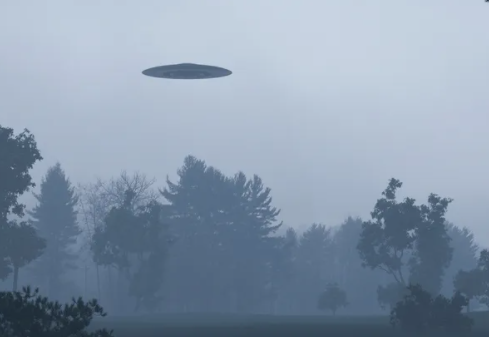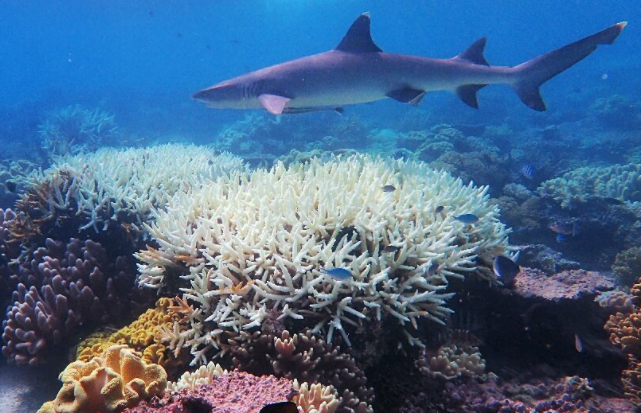Juno Passes Jupiter's Moon
It’s the first time in two decades that Jupiter’s largest moon is revealed in close-up photographs. Juno, NASA’s gas-giant spacecraft, whose principal mission is to understand the origin and evolution of Jupiter, made some flybys past the surface of Ganymede, Jupiter’s largest moon, on Monday, June 7, 2021. This allowed a 25-minute window for the spacecraft’s JunoCam visible-light imager to capture photographs with a resolution of about 1kilometer per pixel. As reported by NASA, two of its first images have been received on earth, and a couple more are expected in the coming days.
“This is the closest any spacecraft has come to this mammoth moon in a generation,” said Scott Bolton, Juno Principal Investigator in the Southwest Research Institute, San Antonio. The earliest photos that have been received of this planet that holds the secret to the evolution of the solar system were taken by NASA’s Galileo more than twenty years ago. Before then, closer detailed close-ups of the 9th largest object in the solar system came from the Voyager’s mission in the late 1970s, according to a report. “We are going to take our time before we draw any scientific conclusions, but until then, we can simply marvel at this celestial wonder,” Scott said.
Mythical connections have been drawn to Jupiter by the Greeks and Romans. It is believed that Jupiter covered himself with a veil of clouds to conceal its mischief, but only his wife, the goddess Juno, could see through his real nature. Whether this is true or false is an argument for historians and lovers of epic stories, but the primary science objectives of the Juno spacecraft need to be achieved by July 2021, when the spacecraft will deorbit into Jupiter. Hopefully, by this end of mission date, NASA would have collected enough scientific data to determine which planet theory is correct (or whether new ones need be postulated).







